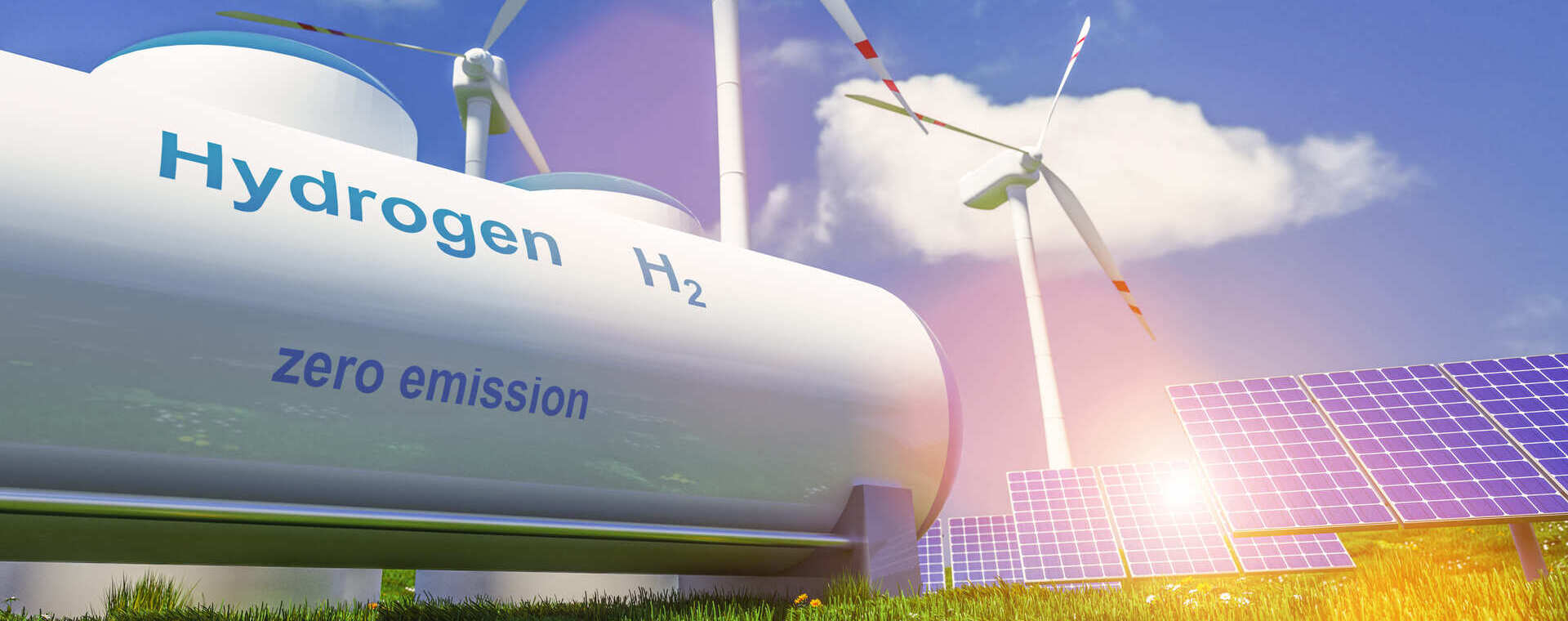26/09/2023
North Adriatic Hydrogen Valley launches in Portorož
The main objective of the project, lasting 72 months, is to create a market for green hydrogen
Innovazione - Progetti e attività
The long-awaited start of the North Adriatic Hydrogen Valley (NAHV) is here at last. The first transnational initiative of this kind under the Horizon Europe program, supported by the Clean Hydrogen Partnership, is being launched in Portorož-Portorose, Slovenia. More than 100 delegates representing 37 project partners from three countries, Croatia, the Friuli Venezia Giulia Autonomous Region in Italy, and Slovenia, will gather there for a project kick-off meeting.
Beginning on 1st September 2023, the NAHV will run for 72 months. It includes 17 pilots to be developed in different locations in all three partner countries. The partnership, which has been awarded a grant of €25 million by Clean Hydrogen Partnership, and is led by HSE, Slovenia’s largest electricity producer and trader and the largest producer of electricity from renewable sources, includes 37 organizations: companies, universities, institutes and other public entities from the three participating countries, including Area Science Park. The project design covers the entire value chain of renewable hydrogen use, from production, through storage and distribution, to its end use in various sectors, notably industry and land and maritime transport, creating leverage to accelerate the transition to renewables on three target pillars: hard-to-abate industries, and the energy and transport sectors. These are the main reasons why the NAHV has received the Seal of Excellence, which is awarded under Horizon Europe to projects that have been highly rated.
The key aim of the initiative is to create a market for green hydrogen on both the demand and supply sides, making it a competitive energy source for the future. Key industry players from all three countries will develop pilot projects to produce up to 5,000 tonnes of renewable hydrogen per year from renewable energy sources, destined for energy storage, distribution and use. It is expected that some 20% of the produced renewable hydrogen will be exchanged between the participating countries, thus creating a primary regional market for hydrogen. By introducing advanced hydrogen technologies and developing skills and infrastructure, the partnership also pursues other key objectives of the European Green Deal. In particular, the NAHV testbed projects address the decarbonization of important industrial sectors such as steel, cement and glass production, and provide sustainable land and maritime transport solutions linked to reducing the carbon footprint.
It is expected that the implementation of the planned mature stage innovation activities will unleash further investments in renewable hydrogen-related technologies in an amount of more than €300 million, destined to increase the capacity of hydrogen production, storage, transmission and use. Additional investments are expected to be funded on top, both during the course of the project implementation and afterwards, from private and public sources in the form of follow-up investments in the successfully implemented pilots in 17 testbed locations across the three participating countries, as well as through new initiatives which will contribute to the evolution of a social and economic ecosystem based on renewable hydrogen. The foreseen development creates the need for new competencies and skills, which makes the universities and research institutions which are partners in the initiative important protagonists in designing and disseminating new educational programmes, as the NAHV is destined to become a vehicle for job creation.